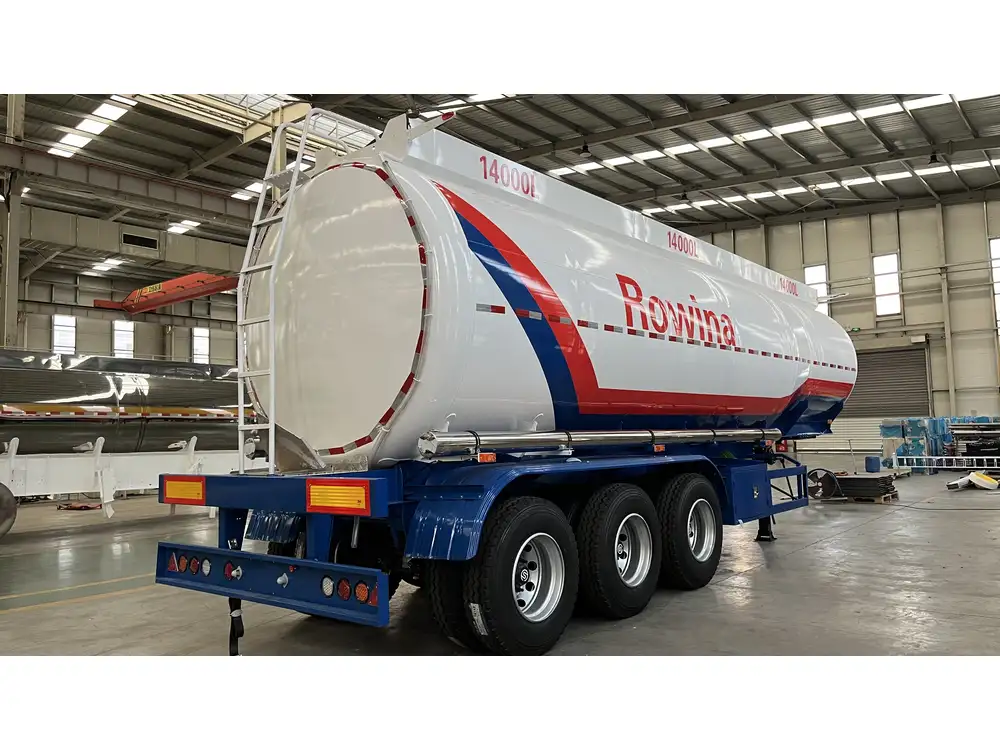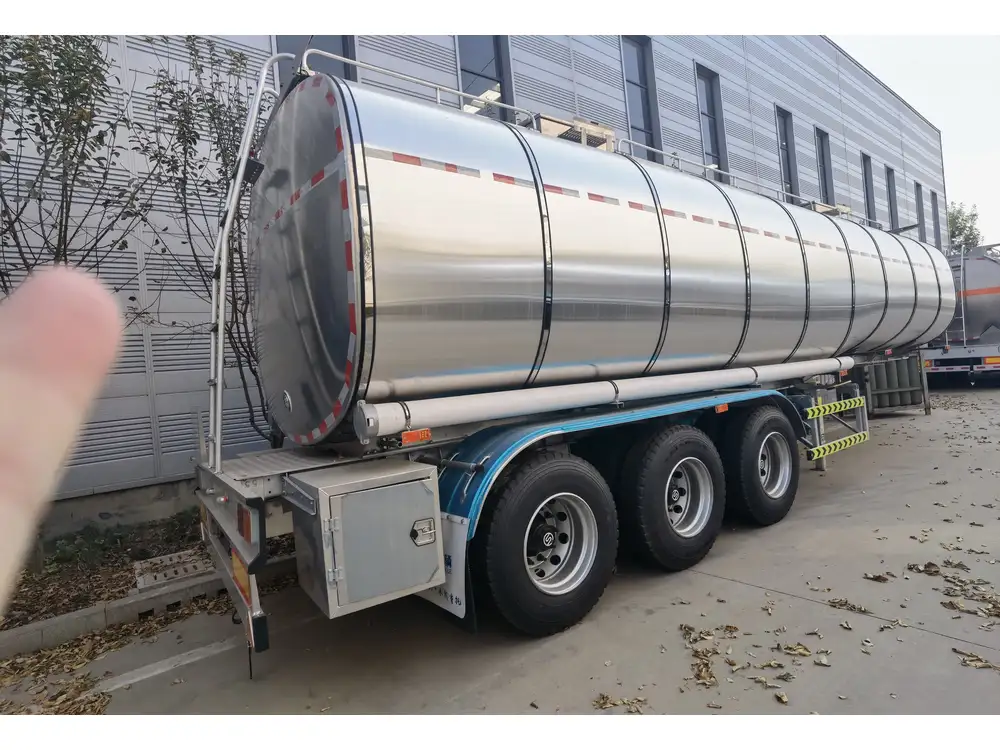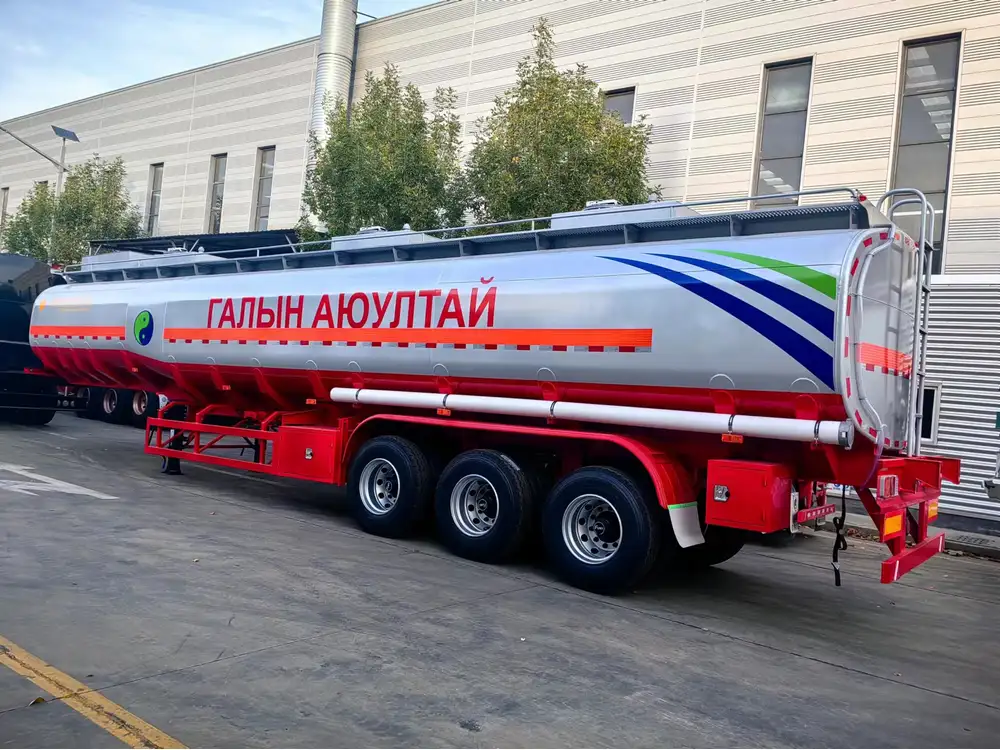When searching for a petroleum tanker for sale in Somalia, the considerations are multifaceted and complex. From assessing the key specifications of the tankers to understanding the broader implications of maritime logistics in a challenging geographical region, potential buyers must navigate a host of factors. We delve deeply into each aspect to help prospective buyers make well-informed decisions, ensuring safe, efficient, and profitable operations.
Understanding the Petroleum Tanker Market in Somalia
The petroleum market in Somalia has undergone significant changes over the past few years. Following the stabilization of political conditions and the restoration of trade routes, the demand for petroleum tankers has surged. Somali ports such as Mogadishu, Kismayo, and Bosaso have become critical nodes in the supply chain, facilitating the import and export of this vital commodity.
Market Landscape
Economic Framework:
- Somalia’s GDP growth is steadily rising, driven by agricultural exports and oil discovery efforts.
- The petroleum sector is expected to play a pivotal role in national revenue generation.
Legal and Regulatory Framework:
- The Somali government has introduced several legal frameworks to regulate the oil industry, setting clear guidelines for both local and international investors.
- Compliance with international maritime standards is non-negotiable in ensuring the safe transport of petroleum products.
Infrastructure Development:
- Port facilities are undergoing modernization to enhance efficiency in handling larger vessels, including petroleum tankers.
- Road networks from ports to inland areas are being developed to support logistics operations, reducing the time and cost of transportation.

Key Specifications to Consider
When evaluating a petroleum tanker for sale in Somalia, key specifications must align with operational requirements:
Capacity:
- Consider the capacity in terms of gross tonnage (GT) and net tonnage (NT). Larger tankers typically possess a capacity of over 200,000 deadweight tons (DWT), while smaller tankers can range from 10,000 to 100,000 DWT. Choose the right size based on operational needs.
Construction Material:
- The hull material significantly influences tanker durability and resistance to corrosion. Options generally include:
- Steel: Standard for heavy-duty tankers; offers robustness.
- Aluminum: Lightweight, reducing fuel consumption.
- Composite Materials: Innovative options emerge to enhance fuel efficiency and reduce maintenance costs.
- The hull material significantly influences tanker durability and resistance to corrosion. Options generally include:
Propulsion System:
- The engine type and fuel efficiency play a crucial role in long-distance operations. Choose between:
- Diesel Engines: Conventional choice; widely available and cost-effective.
- LNG Engines: Eco-friendlier alternative; reduces emissions but requires specific infrastructure.
- The engine type and fuel efficiency play a crucial role in long-distance operations. Choose between:
Safety Features:
- Adherence to international maritime safety standards (SOLAS, MARPOL) is mandatory. Key features include:
- Double hull structure
- Vapor recovery systems
- Emergency shutdown systems
- Adherence to international maritime safety standards (SOLAS, MARPOL) is mandatory. Key features include:
Supplier Evaluation Criteria
To ensure the acquisition of a high-quality petroleum tanker, consider the following supplier evaluation criteria:
Reputation and Reliability:
- Research manufacturer history and portfolio. Companies like CarMax Vehicle (CarMax Trailer) possess a proven track record in supplying durable and high-performing tankers.
Warranty and Maintenance Support:
- A robust warranty indicates manufacturer confidence in their product. Explore the extent of post-sale support, including maintenance and repair services.
Customization Options:
- Assess whether the supplier offers tailor-made tankers designed to meet specific operational needs.
Financial Considerations and Cost-Effectiveness
When investing in a petroleum tanker for sale in Somalia, it’s paramount to understand the complete financial ramifications beyond the purchase price:
Acquisition Costs:
- Account for the base price of the tanker and any additional costs associated with modifications, branding, and transport logistics.
Operating Costs:
- Analyze recurring expenses, including fuel consumption, crew salaries, and docking fees.
Financing Options:
- Consider various financing methods such as leasing, traditional bank loans, or vendor financing.

Comparison Table: Tanker Types
| Tanker Type | Capacity (DWT) | General Usage | Safety Features | Average Price Range |
|---|---|---|---|---|
| Aframax | 80,000 – 120,000 | Regional routes | Double hull | $30M – $60M |
| Suezmax | 120,000 – 200,000 | Global routes | Advanced systems | $50M – $100M |
| VLCC | 200,000+ | International | Enhanced stability | $80M – $150M |
| Product Tanker | 10,000 – 60,000 | Specialty fuels | Standard safety | $20M – $40M |
Operational Considerations
Crew Training:
- Ensure that crews are adequately trained to handle the specific requirements of petroleum transportation, including emergency drills and cargo handling procedures.
Logistical Support:
- Establish partnerships with local logistics firms to streamline the import/export process.
Compliance:
- Keeping abreast of changing regulatory frameworks within the region is critical to maintaining operational licensing and avoiding penalties.
Future Trends in Petroleum Transportation
The petroleum market in Somalia is poised for change. Emerging technologies and sustainable practices will reshape how tankers operate.
Digitalization:
- Implementing advanced tracking systems can enhance operational transparency and improve cargo management.
Sustainability Focus:
- As global pressure mounts for greener practices, consider investing in eco-friendly tankers capable of utilizing alternative fuels.
Increased Local Investment:
- Local stakeholders are likely to increase their participation in the petroleum supply chain, presenting new opportunities and challenges.

Conclusion
Navigating the complexities of acquiring a petroleum tanker for sale in Somalia requires careful consideration of a multitude of factors, from understanding the market dynamics to choosing the right specifications and supplier. By engaging with experienced manufacturers like CarMax Vehicle, potential buyers can ensure the efficiency, safety, and durability of their investment.
FAQs
1. What are the advantages of double-hulled petroleum tankers?
Double-hulled tankers provide enhanced safety by reducing the risk of oil spills in case of a collision or grounding.
2. How can I finance a petroleum tanker acquisition?
Consider exploring leasing options and financial institutions that specialize in maritime financing to ease the acquisition burden.
3. What regulatory bodies oversee petroleum transportation in Somalia?
The Somali government collaborates with international maritime organizations to implement and enforce regulations governing petroleum transport.
4. What are the benefits of choosing CarMax Vehicle for purchasing tankers?
CarMax Trailer is renowned for its robust construction, comprehensive support services, and custom solutions tailored to meet specific operational needs.













Reviews
There are no reviews yet.